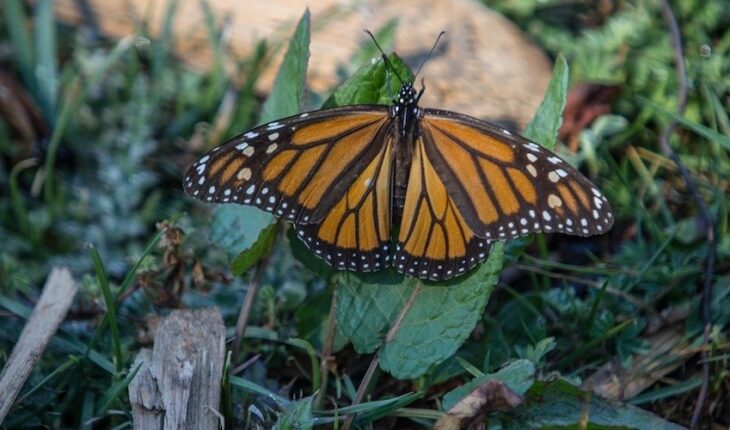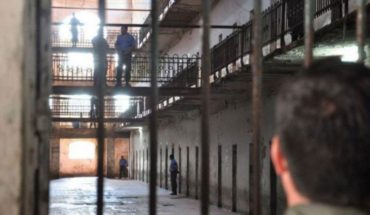In the last year, the monarch butterfly increased its presence in Mexican forests by 35%, occupying 2.84 hectares of forest, compared to the 2.10 reported in the same month of 2020, according to an annual report by the National Commission of Protected Natural Areas (CONANP) and the WWF-TELMEX Telcel Foundation Alliance.
The report attributes this increase primarily to early butterfly repopulation in the southern United States, highlighting the opening of visitor sanctuaries.
Read more | Avocado and organized crime threaten the monarch butterfly reserve
According to the Ministry of Environment and Natural Resources (Semarnat), six colonies were located within the Monarch Butterfly Biosphere Reserve, on 2,174 hectares, and four outside it (in 0.661), divided into five colonies in Michoacán and five in the State of Mexico.
The Federal Government develops productive projects with the active and committed participation of the ejidos and communities of the Biosphere Reserve #MariposaMonarca, among which the sale of products derived from honey, handicrafts and natural medicines stand out. 🦋🌲🧺🍯 pic.twitter.com/eQiHu7dH2y
— CONANP (@CONANP_mx) May 24, 2022
In addition, they opened four sanctuaries to visit the monarch butterfly in El Rosario (Ocampo Michoacán); Sierra Chincua (Angangueo, Michoacán); Senguio (Senguio, Michoacán) and Piedra Herrada (Valle de Bravo, State of Mexico), which received 186 thousand visitors.
The largest colony detected by the authorities was that of El Rosario, which corresponds to the Sierra Campanario sanctuary, Michoacán, with 1,187 hectares, and the smallest colony (of just 0.003) in the Crescencio Morales ejido, in the Lomas de Aparicio sanctuary, also in Michoacán, which “reappeared” after having been last found between 2003 and 2004.
Authorities stressed that in the municipality of Atlautla, adjacent to the Iztaccíhuatl-Popocatépetl National Park, there was the presence of butterflies, but without a colony being established.
“In 2018-2019 the area occupied by butterflies to hibernate was 6.05 hectares, which indicates that we must continue working to maintain this trend and reinforce protection measures by Mexico, the United States and Canada. Monarchs are important pollinators and their migratory journey favors the reproduction – with greater diversity – of flowering plants, which benefits other species in natural systems and contributes to the production of food for human consumption in production systems, “said Jorge Rickards, Director General of WWF Mexico.
Although the Monarch Butterfly Biosphere Reserve was recognized in 2008 by UNESCO as a Natural World Heritage asset that protects 56,259 hectares, between March 2019 and the same month of 2020 clandestine logging was recorded in 13.3 hectares of the reserve. That figure is four times the area recorded during the 2018-2019 season, when it was 0.43 hectares.
What we do at Animal Político requires professional journalists, teamwork, dialogue with readers and something very important: independence. You can help us keep going. Be part of the team.
Subscribe to Animal Político, receive benefits and support free journalism.#YoSoyAnimal





